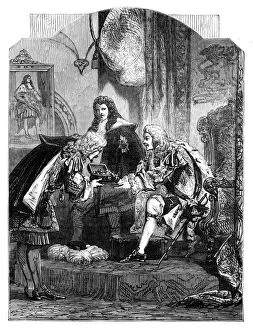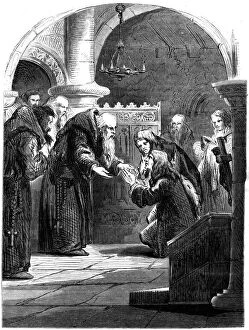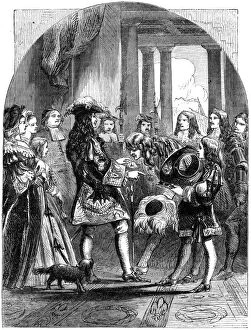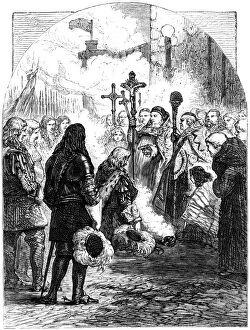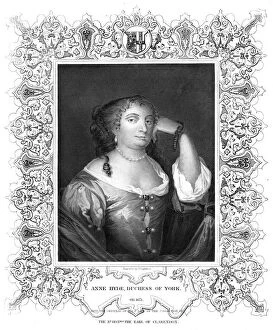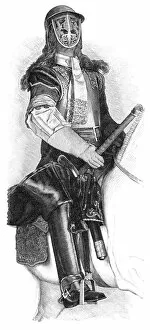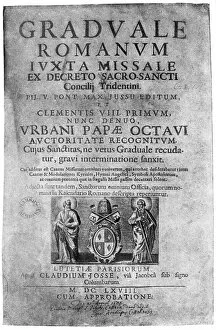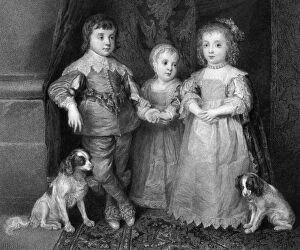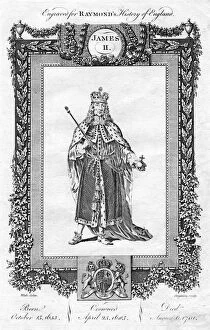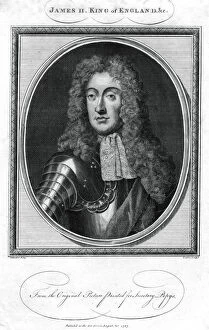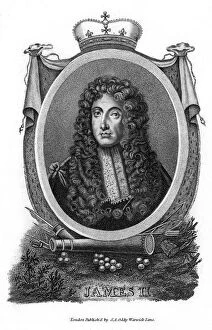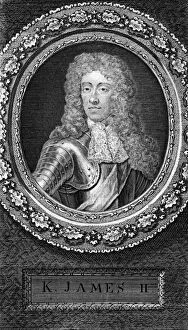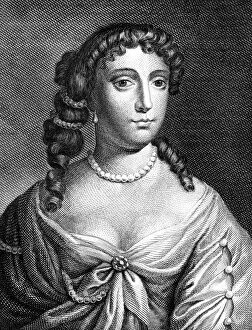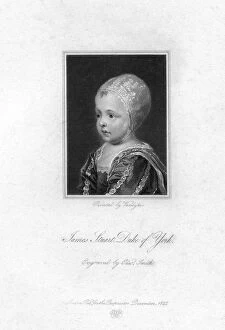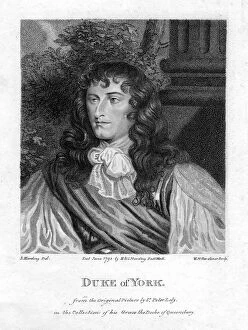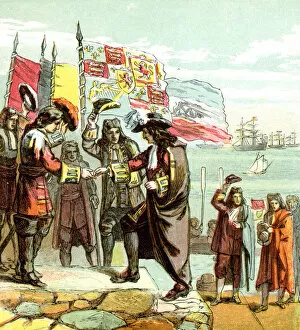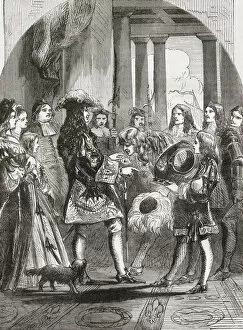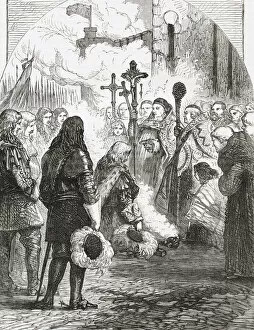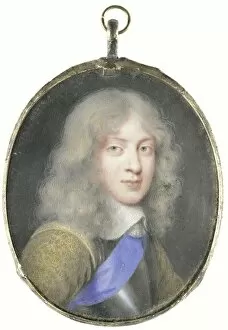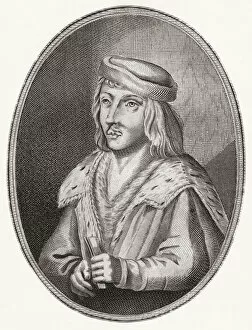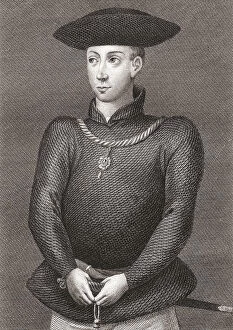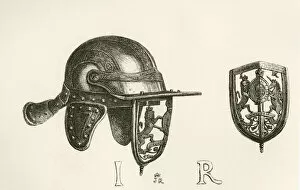James Ii Collection (page 5)
James II, also known as James VII of Scotland, was a prominent figure in British history
All Professionally Made to Order for Quick Shipping
James II, also known as James VII of Scotland, was a prominent figure in British history. Born on October 14, 1633, he ascended to the throne in 1685 after the death of his brother Charles II. Despite his short reign, lasting only three years until he was overthrown during the Glorious Revolution, James II left a significant mark. One notable event during his rule took place at Newmarket Race Course in 1940. This event showcased James II's love for horse racing and highlighted his passion for equestrian sports. Another iconic location associated with him is Whitehall Palace in London. The grandeur of this palace reflected the opulence and power that characterized James II's reign. Portraits from different eras capture various aspects of James II's life and personality. One such portrait depicts Samuel Sewall wearing periwig and a long coat, showcasing the fashion trends prevalent during that time period (c1700-1720). Another portrait from 1935 portrays King James himself exuding regal confidence. The Coronation Dinner held in Westminster Hall in 1685 provides insight into the lavish ceremonies conducted during his coronation. This event symbolized both tradition and authority as it celebrated James II's ascent to power. James II had strong ties to Mary of Modena; their relationship is depicted through an image dating back to 1907. Their union played a crucial role within European politics at that time. Beyond England's borders, there are references to Palestine Camp at Elim - Heb. xiii. ll. , which may indicate an interest or involvement by King James with events occurring outside Britain itself. Throughout history, many have expressed loyalty towards King James through expressions like "God Save King James. " However, despite these sentiments of devotion towards him, there were those who considered him a lost cause due to his eventual flight from England following William III's invasion during the Glorious Revolution.




